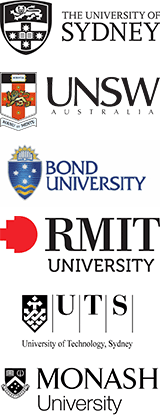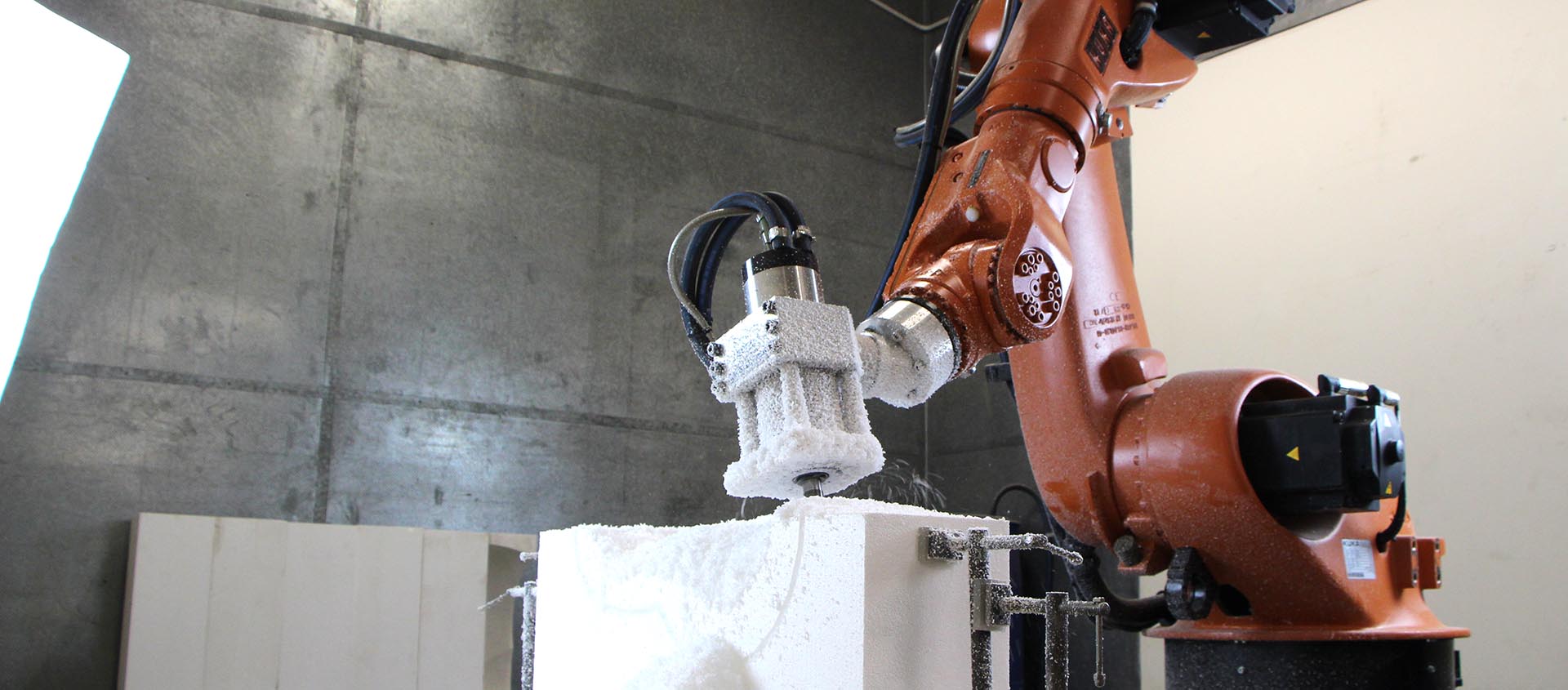
Conference
- CONFERENCE & WORKSHOP
- AUD990early registration
- CONFERENCE & WORKSHOP (RIA)
- AUD690only for members of the Association for Robots in Architecture
- CONFERENCE ONLY
- AUD840early registration
Please register for Rob|Arch 2016 through Eventbrite. Workshop seats are strictly limited. Reduced student registration is available to support Master students. We’re looking forward to meeting you at Rob|Arch 2016 in Australia!
To contact the organizing team email arch.robarch@sydney.edu.au
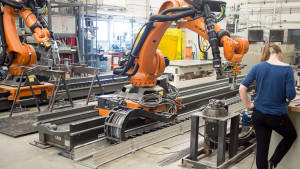

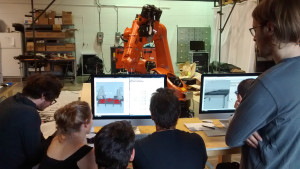
Register now for the Rob|Arch 2016 conference and get CPD points
Join world-leading researchers from Harvard, RWTH Aachen, MIT, ETH Zurich and IAAC Barcelona and experience the forefront of new robotic technologies and applications ranging from the construction industry to interaction design and creative practice. NSW architects who attend 2-day Rob|Arch conference, 17th –19th March at Walsh Bay, Sydney will be awarded 10 hours of formal CPD, based on required learning outcomes.
The Rob|Arch2016 Conference is an event consistent with the requirements of Formal CPD activity in NSW, as per agreement between agreement between the University of Sydney, Faculty of Architecture and Planning, and the NSW Architects Registration Board, to acknowledge the participation of architects at the Rob|Arch2016 Conference as –
CPD Continuing Professional Development for Architects in NSW
In each year, architects must take all reasonable steps to maintain and improve the skills and knowledge necessary for the provision of the architectural services that the architect normally provides (Part 5, Section 17 of the NSW Architects Code of Professional Conduct – the Code). For the purposes of compliance with the Code the Board considers that 20 hours total CPD, at 10 hours of which should be formal activities is considered reasonable. A formal CPD activity relates to practice as an architect and is in addition to activities already undertaken in the normal course of practice or employment.
In formal CPD activities;
- new knowledge and skills are being acquired or being shared with peers
- learning outcomes must be stated
- an assessment activity must be included or there must be significant interaction between the presenter and the learner
- presenters must have appropriate academic, technical or practical expertise.
Common ways to satisfy the Formal CPD above include a test, self-check questions and answers, or a paper or report submitted after the activity. Architects are required to log CPD against four Units of Competency; Design, Documentation, Project Delivery and Practice Management.
10 CPD for formal activities by attending the ROB|ARCH2016
The ROB|ARCH2016 Conference features over 30 presenters from industry, practice and academic institutions worldwide over two full days. Attendees receive an accompanying book, published by Springer, providing access to the papers presented at the conference and additional material from workshop organisers and industry. The presenters at the conference are at the forefront of new robotic technologies and application across a range of fields from robotic fabrication in the construction industry to human-robot interactions in interaction design and creative practice.
For architect participants at the ROB|ARCH2016 Conference, we will provide 10 hours of formal CPD for the 2-day conference, based on the following learning outcomes:
- Participants will be able to describe the state-of-the-art and characterize trends in the current evolution of robotic fabrication in architecture
- Participants will be able to differentiate and characterise technical aspects of robotic applications, including new materials and techniques in the field
- Participants will be able to compare and critique strategies for robotic applications and associated design issues with others
In order to earn formal CPD points, participants are required to submit a short written 300-400 word summary of the conference.. The summary will cover specific sections in regards to the learning outcomes, covering the following four key prompts for robotic applications: sensors and human interaction, materials and construction, workflows and techniques, future trends in relation to practice. A worksheet will be available upon registration at the conference. Submission are due after the second day of the Rob|Arch2016 conference within a couple of days (tba). The best summary will be published on the conference website. In return, the Faculty of Architecture, Design and Planning, The University of Sydney will issue a proforma digital certificate confirming receipt of the report, which the participant can use as evidence of Formal CPD.
Conference and Workshop Sites
The ROB|ARCH2016 Conference and Workshops will take place in the iconic, industrial Pier 2/3, Walsh Bay, located in the centre of the harbor and in walking distance to Sydney Opera House and Circular Quay. This last remaining undeveloped wharf is part of the Walsh Bay Arts Precinct that has been activated for arts, cultural and creative purposes now and into the future. Currently, the Precinct is extensively used as a cultural zone that is the resident home of the Australian Chamber Orchestra, Australian Theatre for Young People, Bangarra Dance Theatre, Bell Shakespeare, Biennale of Sydney and Sydney Writers’ Festival. Conference and Workshops are part of the Walsh Bay ArtsNSW Initiative.
The Faculty of Architecture, Design and Planning, The University of Sydney, is the Host for the ROB|ARCH2016 conference, and teams up with prominent Australian Universities to co-chair international workshops: RMIT, Monash University, Bond University, UNSW, and UTS.
As Australia’s oldest university, The University of Sydney has a track record of 145 Olympians, 6 prime ministers, 2 Nobel laureates, 3 astronauts, 110 Rhodes scholars and 1 Pulitzer Prize winner. Its Faculty of Architecture, Design and Planning combijes a diverse range of disciplines from Architectural Science and Technology, Urban Planning, Regional Planning, Design Science, Audio and Acoustics, Building Services, Illumination Design and Sustainable Design, Heritage Conservation to the Interaction Design and Electronic Arts program with a focus on the nexus between architecture, design, human computer interaction, robotics and technology.
For further details see http://sydney.edu.au/
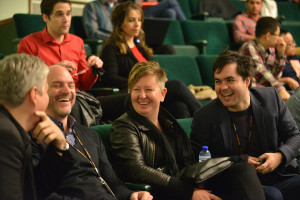

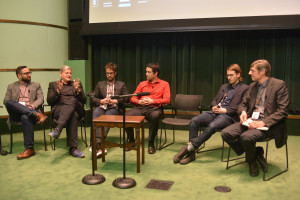
Sponsors
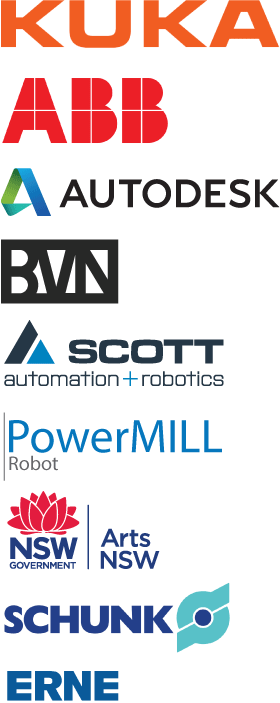
Co-Hosts
